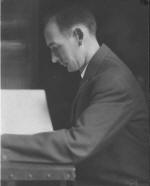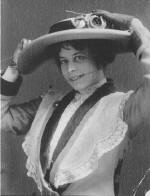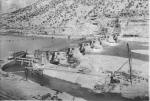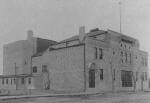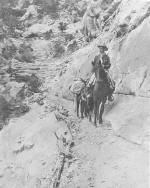
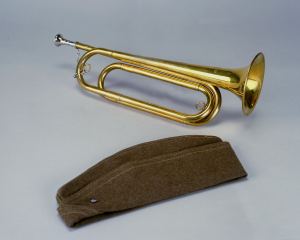
World War I artifacts at the Museum include this bugle. They had many uses as a signaling instrument before radio was common. The khaki colored cap was standard issue for a soldier�s uniform.
The 1910s
The decade of the1910s saw growth
and prosperity, but it was overshadowed by World War I which began in Europe
in 1914. When the war ended in 1918, Grand Junction shared the national
optimistic spirit that believed we had fought the final war, and
civilization had moved beyond armed conflict. People believed the massive
conflict was the �War To End All Wars.� This hopeful outlook was doomed to
disillusionment. The population of Grand Junction in 1910 was 7,754, a 121.4
percent increase in a decade.
